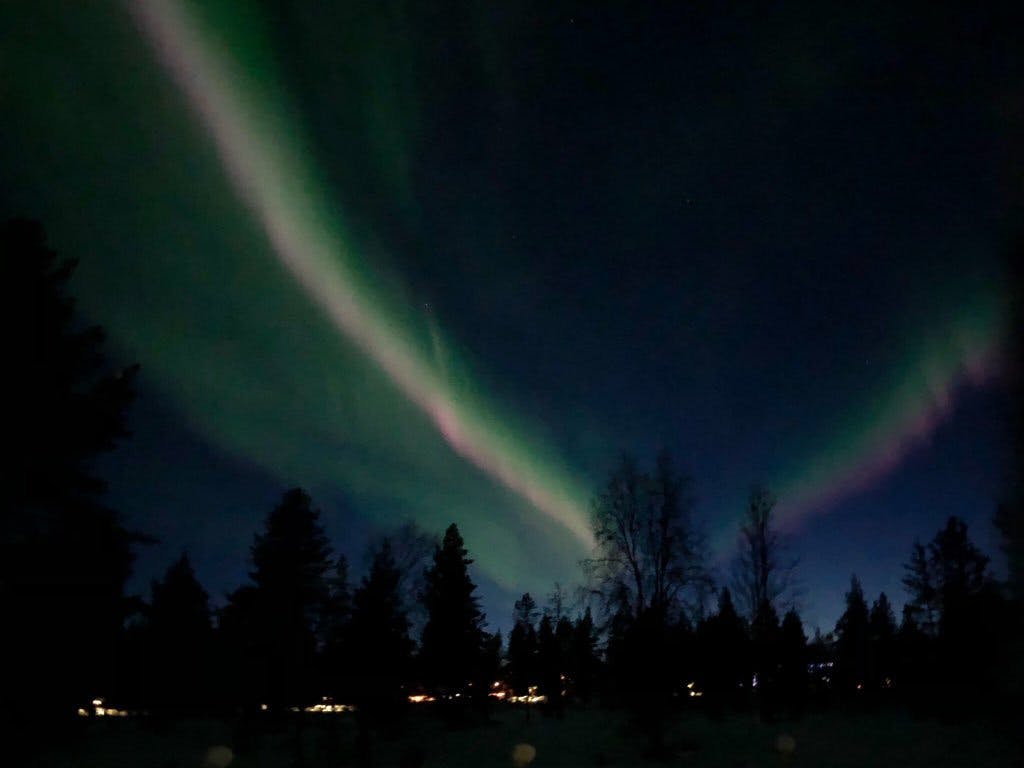As you might have seen in a previous post, I was recently in the Arctic circle and was lucky enough to enjoy the natural spectacle of the Aurora borealis! Northern lights are weird; I think that’s the best way I can describe them. You might see a faint greenish cloud up in the sky, and then all of a sudden the sky is ablaze with waving emerald curtains.
Seeing the northern lights for people at southern latitudes is a lottery. You need for there to have been moderate solar activity for the previous few days, clear weather, and, well, to be somewhere in the far north (or far south) of the world.
I was extremely lucky on both occasions when I visited the Arctic circle in winter. Although I experienced bad weather days in each holiday, I also had a clear day with active aurorae.
My last visit a few weeks ago was particularly special because I caught sight of a phenomenon which has only been recently described: STEVE.
STEVE was discovered by a group of Canadian citizen scientists (Alberta Aurora Chasers). They first called the phenomenon a “proton arc”, but it turns out not to be caused by protons. The amateur group showed pictures to Professor Eric Donovan, from the University of Calgary, who identified it as a previously undiscovered feature. Since nobody knew what it was, they went with the label Steve. When professional astronomers got involved, they came up with the excellent backronym of Strong Thermal Emission Velocity Enhancement.
STEVE is a mauve streak south of the main aurora (in the northern hemisphere), and so far it is neither fully understood or characterised. All the models of the Earth’s magnetosphere cannot currently resolve something as (relatively) minute as STEVE. They also cannot predict when it will happen, which makes me feel even luckier to have observed it.
A paper detailing what we know so far was published in Science Advances.
